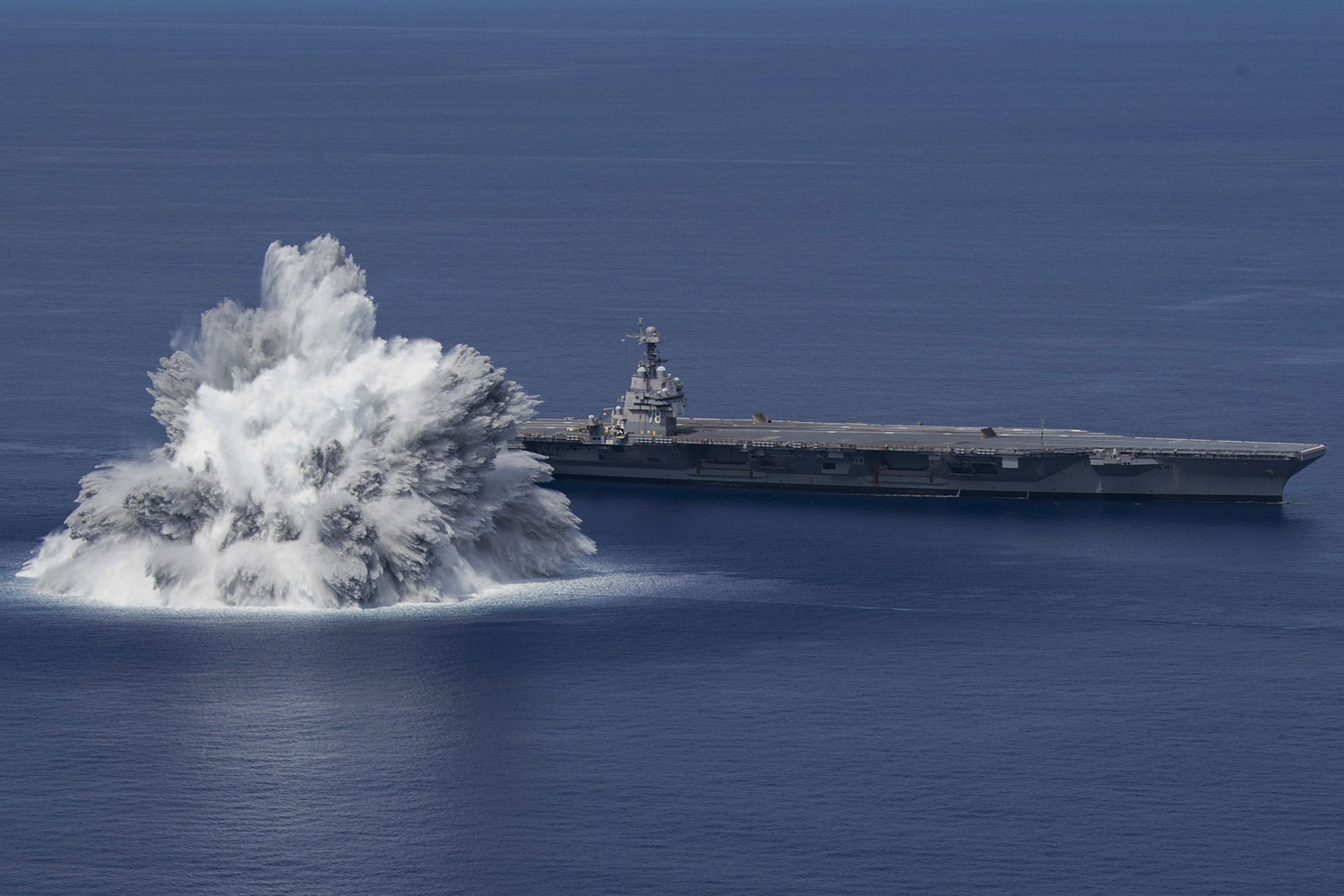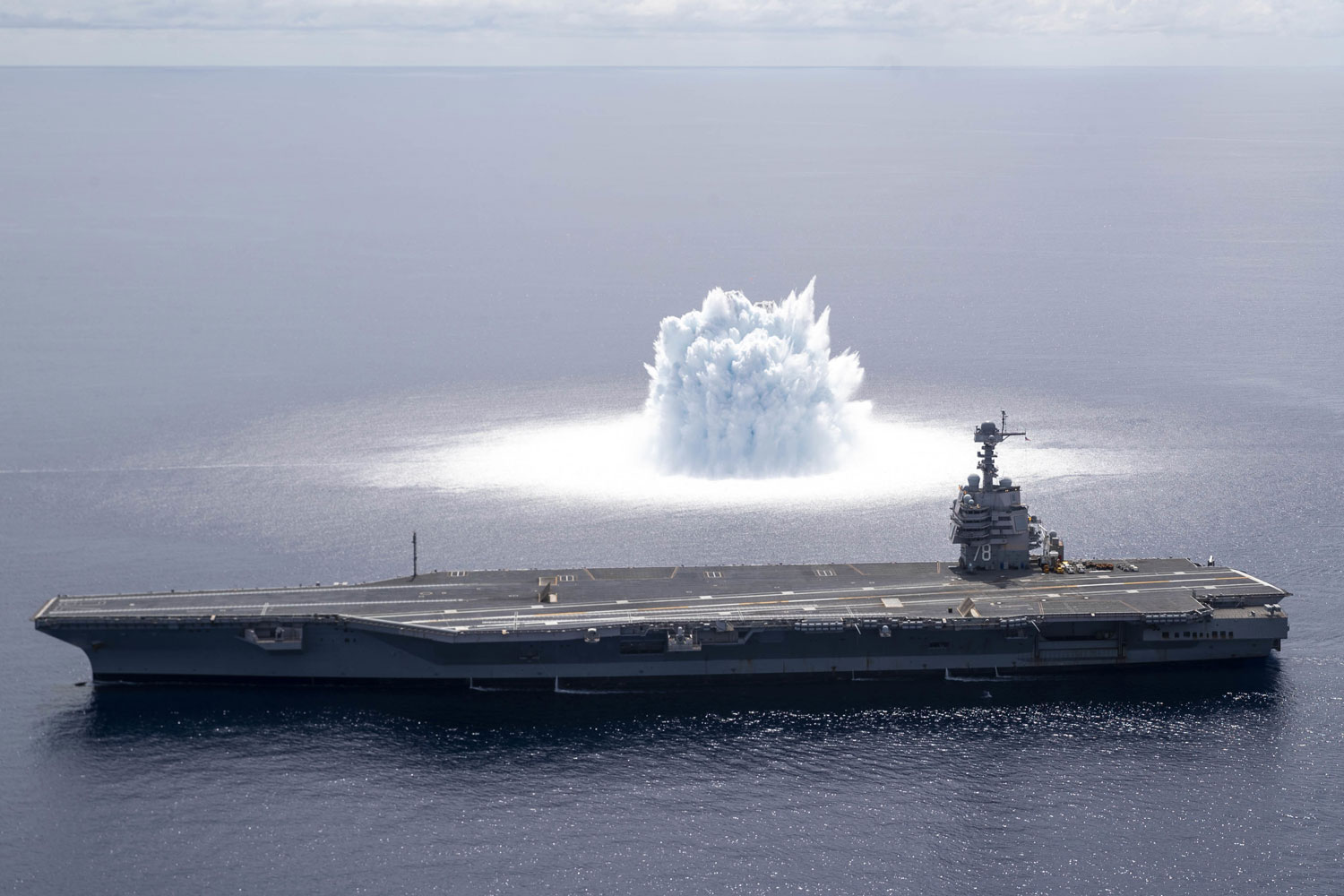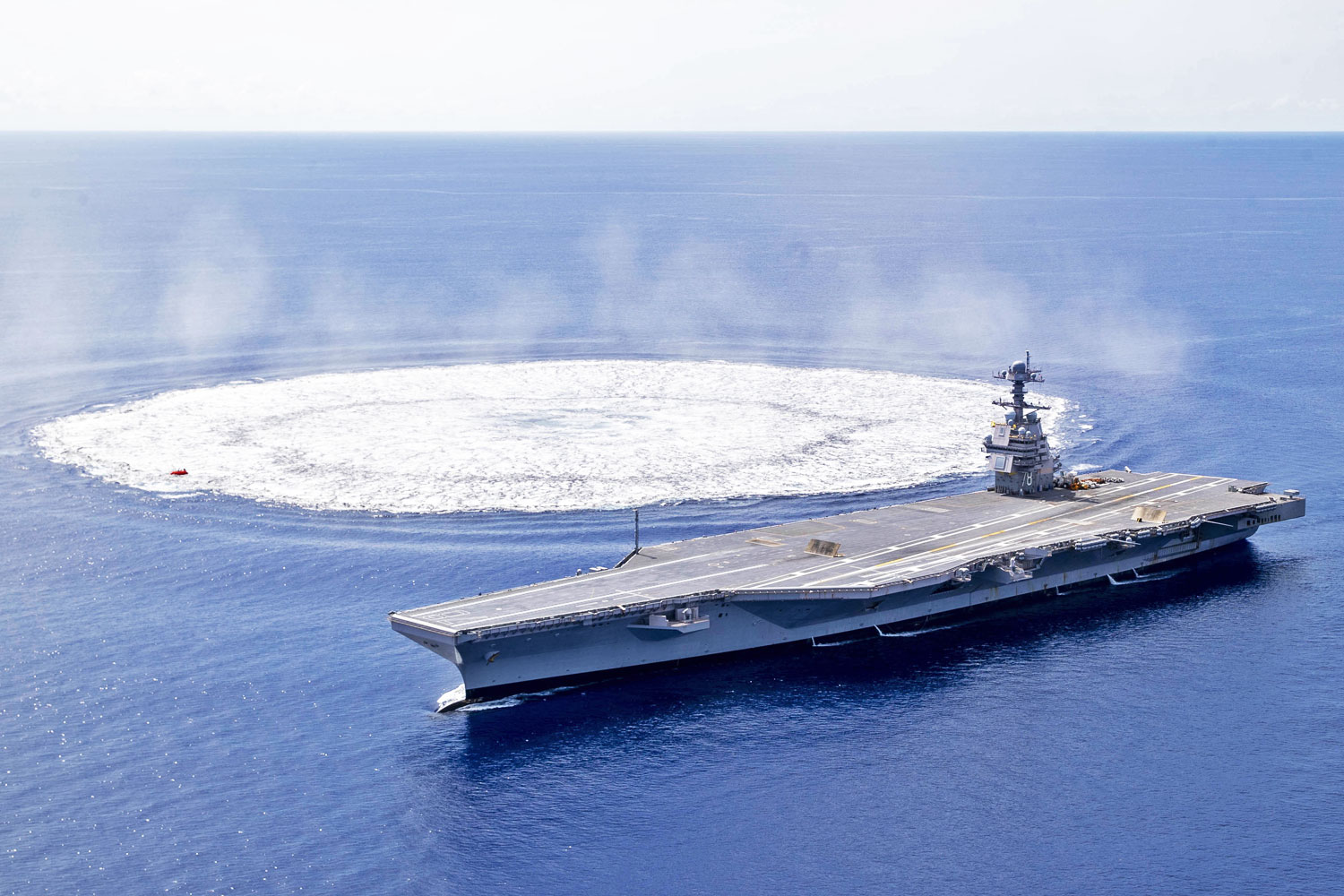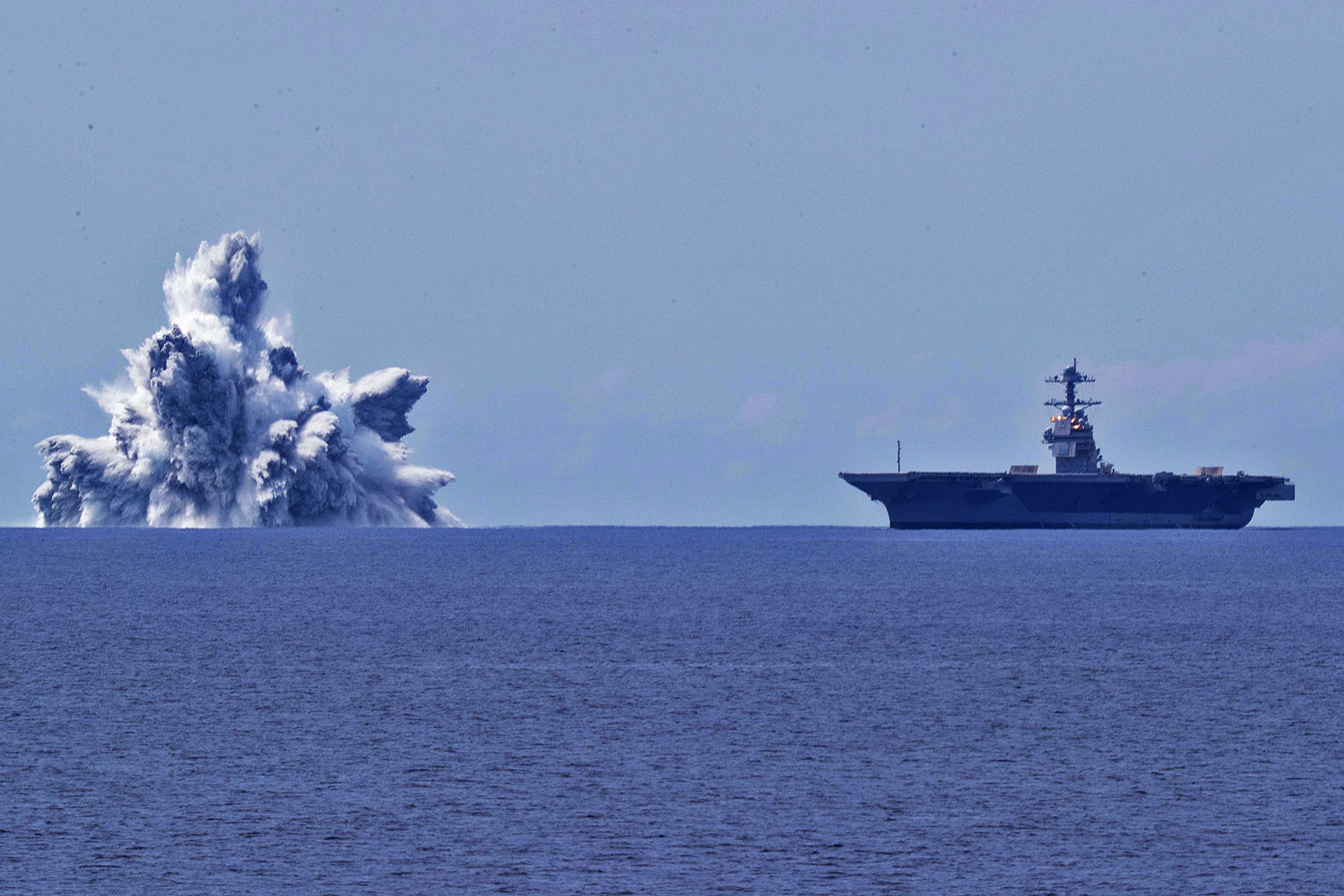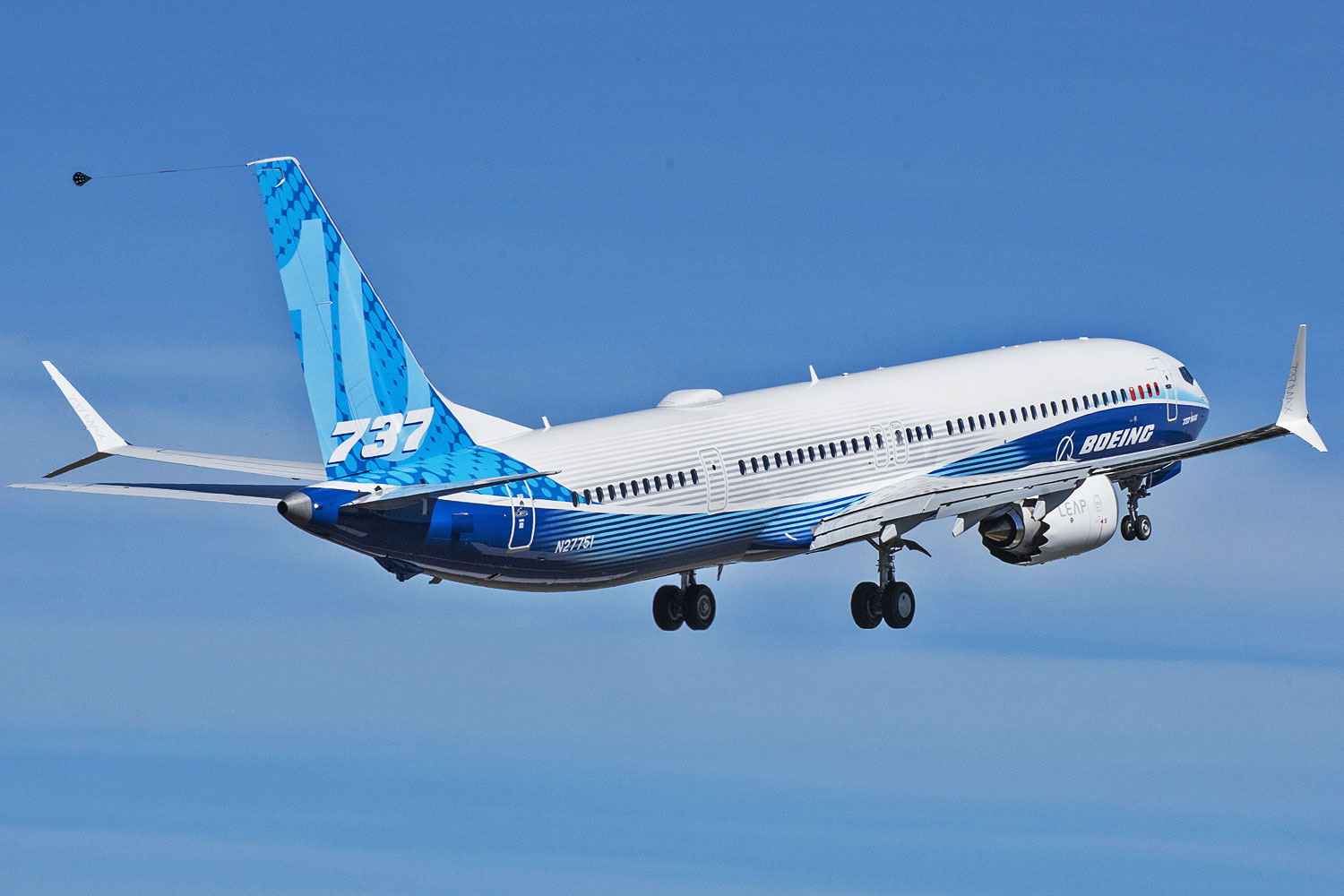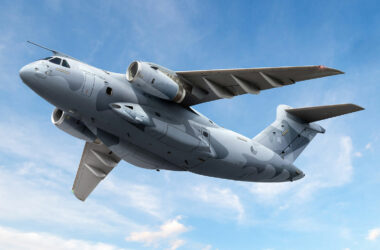On Friday, the US Navy’s new nuclear aircraft carrier, the USS Gerald R. Ford (CVN 78) came within a few hundred meters of a powerful underwater explosion in a region near Florida.
But what might sound like an attack was actually the first Full Ship Shock Trials (FSST) carried out by the Navy to test the vessel’s ability to withstand close explosions in case of conflict.
The images released by the USN are impressive for the size and proximity of the explosion of the nearly 1,100-foot-long (333-meter) ship. According to seismic records, the event reached 3.9 degrees on the Richter scale.
The purpose of this type of test is to evaluate sensitive parts of the ship such as nuclear reactors, on-board computer systems, sensors and crew support areas, among others. To measure the impact, numerous recording equipment is installed in various areas.
As a new class of aircraft carriers, the first since the commissioning of the CVN 68 Nimitz in the early 1970s, shock trials are fundamental to discovering possible weaknesses in the project.
Explosions like the one tested on the 18th can involve anti-ship missiles, torpedoes, mines and even nearby ships eventually hit in battle.
The last time the US Navy performed an FSST on an aircraft carrier was in 1987 with the USS Theodore Roosevelt (CVN 71).
According to the Navy, the Gerald R. Ford is expected to complete a series of similar trials over the summer and then go through six months of modernization, repair and maintenance work before going into service.

